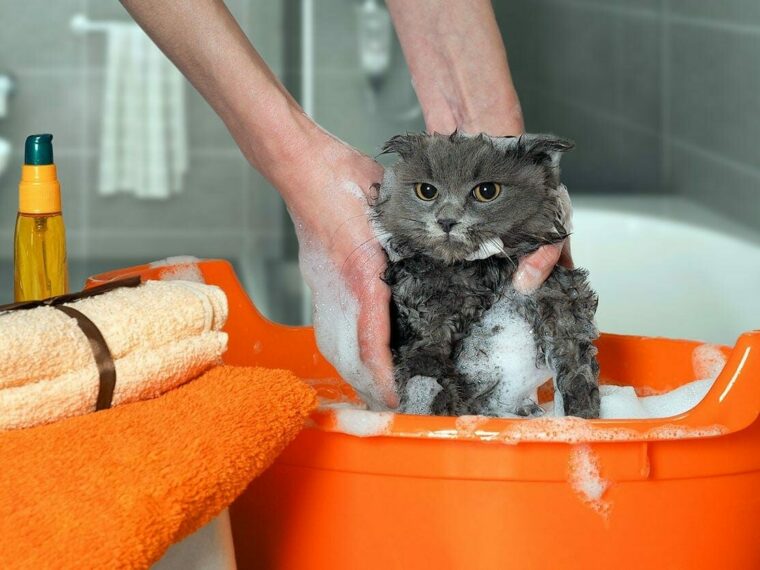
Cats are generally clean animals. They have great grooming habits that help ensure their coats don’t collect dirt and debris. However, their methods are not foolproof, and it may be necessary to bathe your cat at least occasionally. For the most part, bathing is required only under certain circumstances. However, some cats might require regular bathing. Here is everything that you need to know.
What the National Cat Groomers Institute of America Has to Say
According to Danelle German, a groomer and the director and instructor of the National Cat Groomers Institute, cats that need regular grooming should be bathed every 4 to 6 weeks1. Not every cat needs to be groomed this often, but some should be to ensure healthy skin and a soft, supple coat.
Cats That Should Receive Regular Baths
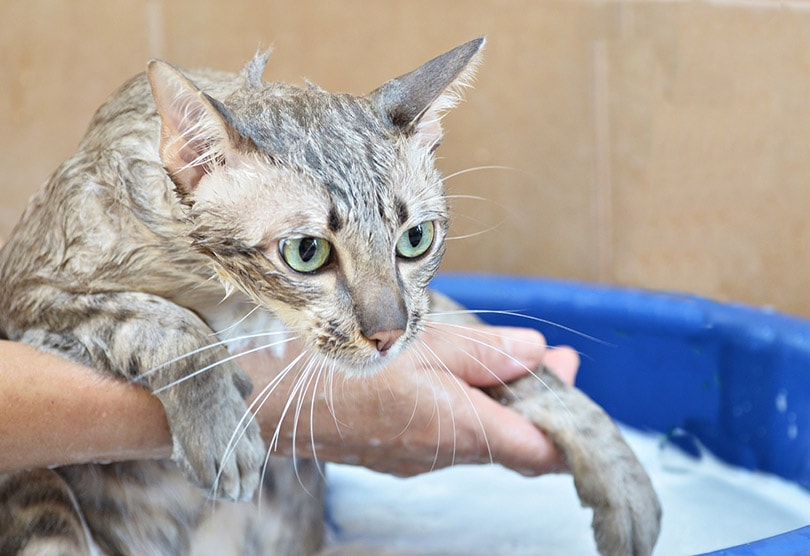
Some cats might need regular baths every 4 to 6 weeks due to certain circumstances, such as when they are too old to effectively lick themselves clean. Cats that are overweight may not be able to reach their backs and other areas. Cats that are ill and unable to move around may need regular baths. Finally, long-haired cats usually need regular baths because they simply can’t keep up with their grooming needs.
Giving your pet a bath can be a difficult task, but the first step is to choose a great shampoo. We love Hepper's Shampoo Products, both of which are natural, pet-safe options specially formulated to clean your pet's skin and coat without causing irritation. Both formulas are also free of things like dyes, soaps, sulfates, and phthalates. Your pet will enjoy the soothing aloe vera and oatmeal, and you'll love the clean, fresh scents!
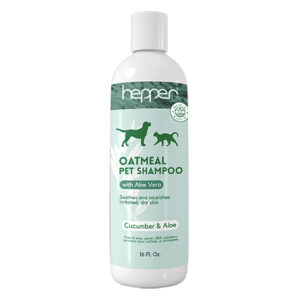 |
 |
|
|---|---|---|
| Hepper Colloidal Oatmeal Pet Shampoo | Hepper Waterless No Rinse Pet Shampoo | |
| Natural Ingredients |
Natural Ingredients:
|
Natural Ingredients:
|
| Made in USA |
Made in USA:
|
Made in USA:
|
| Safe for cats & dogs |
Safe for cats & dogs:
|
Safe for cats & dogs:
|
| Soothes dry skin |
Soothes dry skin:
|
Soothes dry skin:
|
| Waterless, no rinsing required |
Waterless, no rinsing required:
|
Waterless, no rinsing required:
|
At Pet Keen, we've admired Hepper for many years, and decided to take a controlling ownership interest so that we could benefit from the outstanding designs of this cool cat company!
Cats That Only Need Occasional Cleaning
Unless your cat is long-haired, old, sick, or overweight, they likely do not need a bath every 4 to 6 weeks. Instead, you can spot clean them with a damp cloth when they need extra grooming help and reserve bathing for when it is absolutely necessary. That said, bathing might be warranted if your cat rolls around in something filthy, if something sticky gets spilled on them, or if they otherwise start to stink.
How to Bathe Your Cat When the Time Comes
Cats don’t typically enjoy taking baths, and the experience can be frightening and stressful for them. Therefore, you should take certain steps to prepare yourself and your cat before trying to put them in any bath water.
1. Prepare Your Kitty
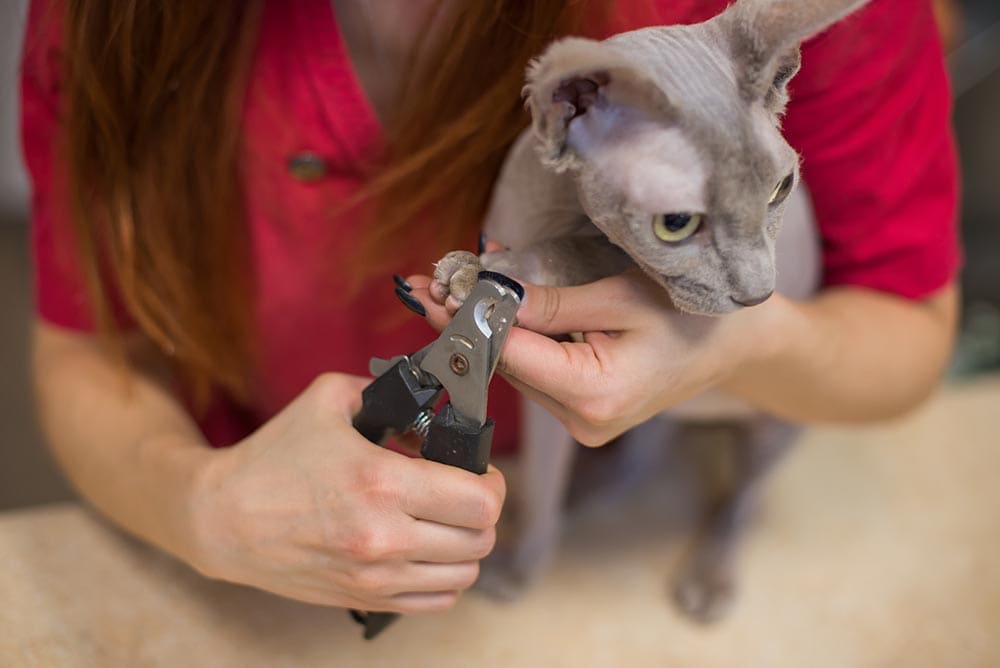
The first thing that you should do is trim your cat’s nails so you don’t get injured if they get freaked out and try to scratch their way out of the bath. You should also brush or comb their coat to get rid of loose hair and dander before the bath, as this will make bathing quicker and easier while keeping the bath water cleaner as you work. Playing games together will help your kitty get rid of pent-up energy so they are calmer and more relaxed during bath time.
2. Prepare Yourself
It is important to put yourself in the right frame of mind before you start bathing your cat to help keep them calm and feeling safe. Try spending a few minutes in a quiet space to gather your thoughts, take a few deep breaths, and envision a positive bathing experience. Turn relaxing music on in the bathroom, and lower the lights if possible. Then, spend time cuddling and rubbing your cat to calm you both down before hitting the bathtub.
3. Bathe and Dry Your Cat
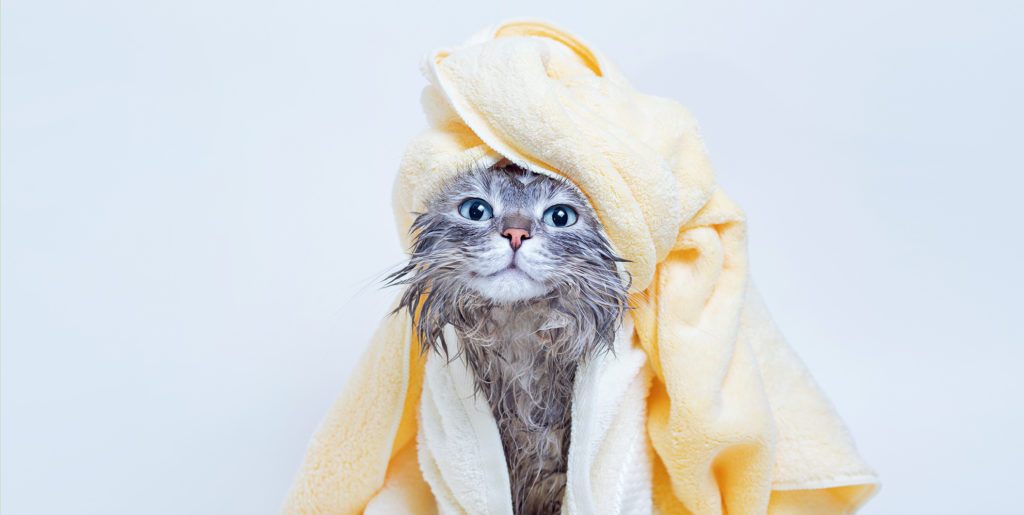
Fill your bathtub about halfway up with lukewarm water, and then gently lower your cat into the water. While stroking their back for comfort, use a cup to slowly pour water over their body. Then, add a small amount of cat shampoo to your hand, and start massaging the soap into your kitty’s coat. Keep gently working until your cat’s entire coat has been shampooed, and then gently rinse the soap away with the cup.
Make sure all the soap is rinsed out to avoid irritating your feline’s skin. After the bath, thoroughly dry your cat’s coat with a thick towel. They may enjoy being wrapped in a towel for warmth and comfort. Once you’ve dried them as much as possible, you can let them go — probably to roll around on the ground until they feel comfy again.
A Quick Recap
Not all cats need regular baths, but some do. For those that do, bath time should be scheduled about every 4 to 6 weeks. Most cats don’t like baths, so it is important to go into the experience with a positive mind. Try spot-cleaning your cat whenever they show signs of being dirty, and you may be able to avoid bath times or at least a few sessions.
- See also: Hamiltonstovare
Featured Image Credit: Irina Kozorog, Shutterstock







